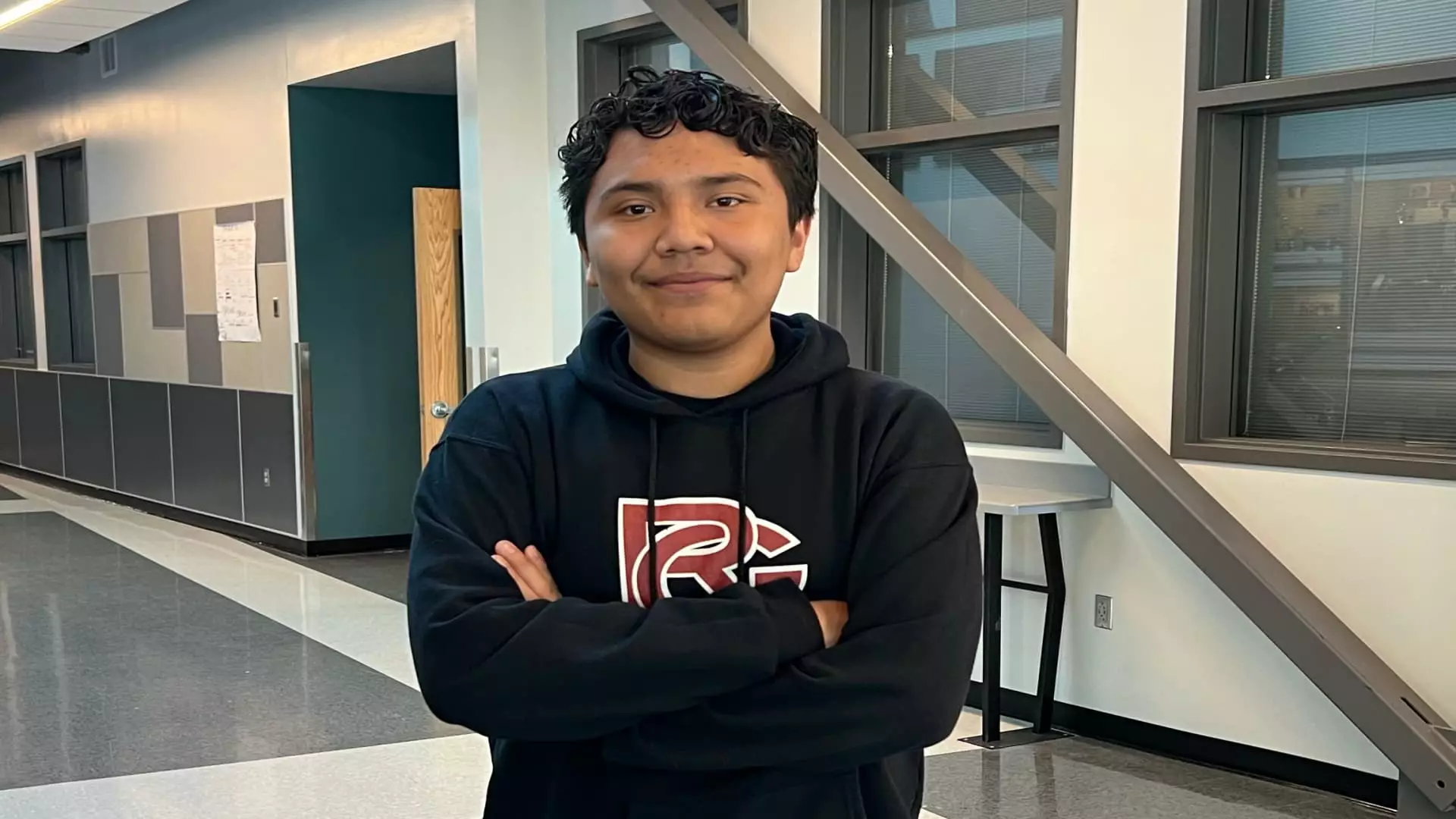As the deadline for college enrollment approaches, fewer students have solidified their plans due to ongoing issues with the Free Application for Federal Student Aid (FAFSA). The Department of Education reported that only about 7.3 million applications for the 2024-25 academic year have been submitted, which is significantly lower than the 17 million students who typically utilize the FAFSA. The rate of submission is also slower compared to previous years, with an 18% decrease in applications this year.
While some institutions are processing financial aid based on existing information, the overall impact on students’ college decisions remains unclear. According to Sandy Baum from the Urban Institute’s Center on Education Data and Policy, it is essential to consider the long-term consequences of the financial aid delays and how they might influence students’ choices regarding higher education.
Ramon Montejo Garcia, a 17-year-old senior from Colorado, has already been accepted to his dream school but is facing financial uncertainty due to his family’s undocumented status, which initially posed challenges while completing the FAFSA. Without access to financial aid, many students like Montejo Garcia may be forced to reconsider their college choices and opt for more affordable in-state options.
As of April 5th, only 28% of high school seniors have completed the FAFSA, marking a significant decline from previous years. Despite efforts to simplify the application process, many students and families still face barriers to accessing federal aid, leading to missed opportunities for grants and other forms of financial support for college.
Completing the FAFSA is crucial for students seeking financial assistance for higher education, as it opens up opportunities for grants, loans, and work-study programs. Research has shown that students who submit the FAFSA are more likely to enroll in college immediately after high school, emphasizing the importance of early financial planning and application completion.
While the FAFSA aims to increase college access and affordability, many students still face obstacles in navigating the financial aid process. Simplifying the application and providing more support and resources to students and families could help improve completion rates and ensure that all students have equal opportunities to pursue higher education.

